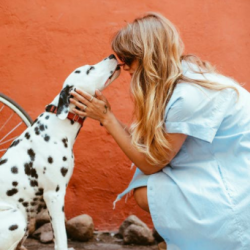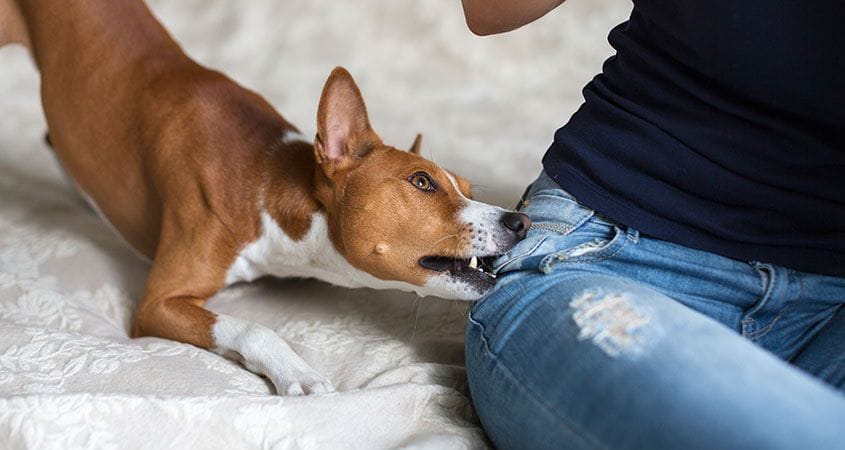
First of all, before you even start you need to understand the idea of “prevention is better than cure.”
Dogs are not cut out to be your best friend. I’ve known a lot of people who got a Doberman puppy and never became interested in him, while others who had just one really bad experience with their older dogs become eager to train their next ones. Unfortunately, some breeders are in the business to make money and they are more interested in the financial aspect than the wellbeing of their puppies.
The things that you have to understand are:
It will not just happen that your puppy will grow up to be a well behaved dog, it will happen if you make a concerted effort to prevent the problems from occurring in the first place.
And there are some very simple things that you can do to help prevent the problems. Here is how you can prevent the digging and the chewing and the barking. Here is how you can stop the fear and the aggression. Here is how you can get the dog to obey your commands. Here is how you can even stop arthritis.
The things that you need to understand are:
Prevention is better than cure. But when you understand that you are responsible for your dog and you can control his behavior then you have more desirable circumstances than they may be.
If you don’t want your dog to dig up your yard and you have a beautiful flower you probably wouldn’t mind if he dug it up. If you don’t want your dog to chew your furniture and if you want a dog that doesn’t bite you and cause injury then you also have to recognize that you need to control his behavior.
I’m not recommending that you tie your Doberman up or keep him away from your flower beds. But you should be aware of the habits of your dog and understand what his tendencies are. For example many people think that if their dog is lying down he is not digging, but many dogs will dig when they are lying down.
If you think that his digging could be because of a specific tree or a plant then you should take him to a plant expert and ask him what plants in your area are causing your dog to dig.
So even though you understand why your dog is digging and what the problems may be that he is exhibiting, you should also work with him to improve his manners. You also need to be aware that just training your dog to sit and stay won’t necessarily solve his digging problem. In addition, many times dogs dig for attention and just because he can see you then he won’t stop digging.
You need to try to understand why he is digging and then make a plan to solve it. If you plan properly and try to address the problem on the Effective side then you will get better results faster.
By understanding the reasons dogs dig you’ll know what you can do to solve it.
Now that you understand why dogs dig then you can plan a way to stop it. If you want to prevent your dog from digging then you’ll need to understand why he digs and fix this problem for her. Dogs will dig for many reasons, some of them good, some bad, and some mixed. For example a realtor in Jacksonville was telling me he was struggling to Sell your house fast Jacksonville because the doberman had ripped up the entire backyard.
The reasons dogs dig:
They love to dig – They are seeking Attention – They are seeking adventure – They recognize a treasure – They recognize a Favorite hiding place – They smell a predator, or just the ground where the trail lays
Here are some suggestions on how to stop the digging.
You could always find a way to teach her where it is OK to dig, here are a couple of suggestions:
A.Remember this is your dog so you’d be silly to try to stop her from digging with poisons, by Sequinox.
B.Get a sandbox or dirt box and make it the designated yard for your dog. Every time your dog tries to dig in the wrong place firmly tell her No and take her to the designated area. Praise her when she digs there.
C.Make sure your dog has an adequate amount of exercise. This is a good way to tire her out so she spends more time trying to stop digging than if she had an empty stomach.








